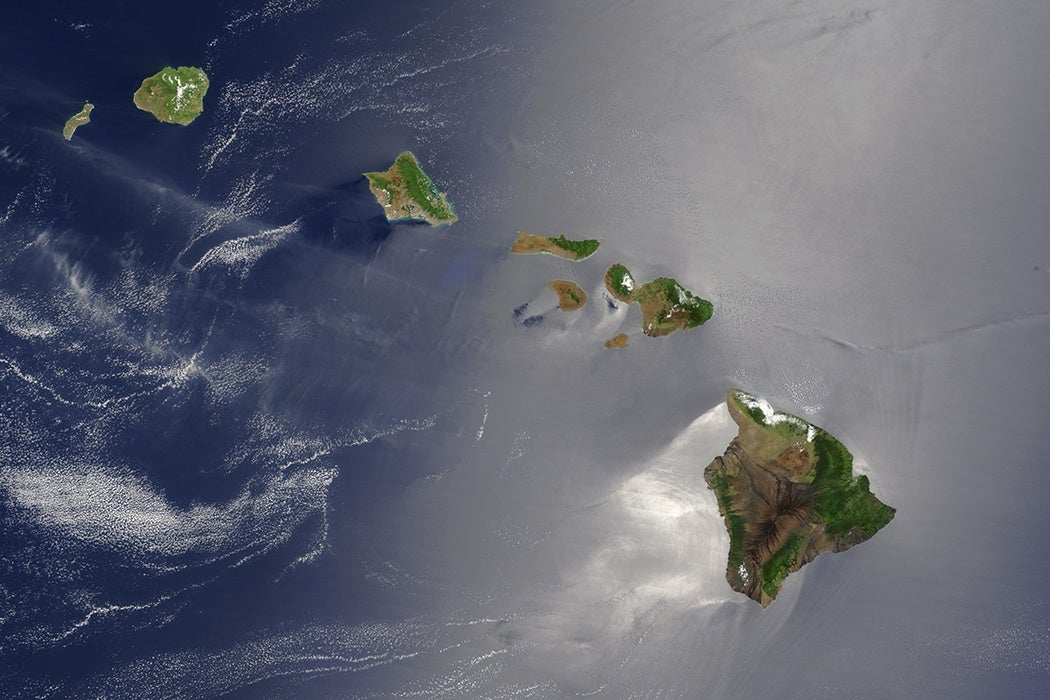As one of the most isolated inhabited land masses in the world, the Hawaiian islands have a unique and varied history that stretches back long before the island nation became America’s fiftieth state.
It’s believed that the indigenous Hawaiians are descended from seafaring Polynesians who arrived from elsewhere in the South Pacific sometime between 300 and 800 CE. The Hawaiians created a unique and distinct culture based largely on reverence for the land and sea around them. Thanks to their isolation, the islands also have one of the most distinct ecosystems in the world.
Europeans, represented by the famous explorer Captain James Cook, arrived in the island kingdom in 1778. They brought with them diseases that decimated the population, and a new religion that began to erode the indigenous culture and belief systems. This was especially true among the Ali‘i, Hawai‘i’s ruling class. By 1819 the then-king of Hawai‘i, Kamehameha II, had abolished the practice of traditional Hawaiian religion. His father before him, Kamehameha I, had already established strong financial connections to both the United States and Europe.
While these moves are often criticized, Sally Engle Merry, author of Colonizing Hawaii, believes that these concessions were actually attempts to “purchase independence with the coin of civilization.” That is, they attempted to retain control of the island, acquiescing to the colonizers’ cultural demands without realizing the damage this would do overall.
For a time it worked, and using this method the ruling class of Hawaii was able to maintain control of the island until the 1890s. It’s worth noting that Queen Liliuokalani, Hawai‘i’s last monarch, took the opposite tack from her forefathers. She is known to this day for her attempts to restore Hawaiian culture and traditions as well as restore power to the throne, which by then had been largely usurped by outside forces. She was deposed in 1893 by a group led largely by foreigners. Though Queen Liliuokalani was the last Indigenous ruler of Hawai‘i, there is still a faction of mostly Native Hawaiians who want to restore rule of the island to her descendants.
The Indigenous people of Hawai‘i still deal with the fallout from these events. Homelessness is a serious problem among Native Hawaiians: one third of the homeless population is Native Hawaiian. Cultural appropriation and commodification is also a major problem; while Hawaiian culture is used as a lure to draw in tourists, many Hawaiian sacred sites are in danger of being destroyed.
As we come upon the fifty-seventh anniversary of the inclusion of Hawai‘i into the United States of American, it’s important to also acknowledge the history and struggles of the people who lived there first and who still call the islands their home.







